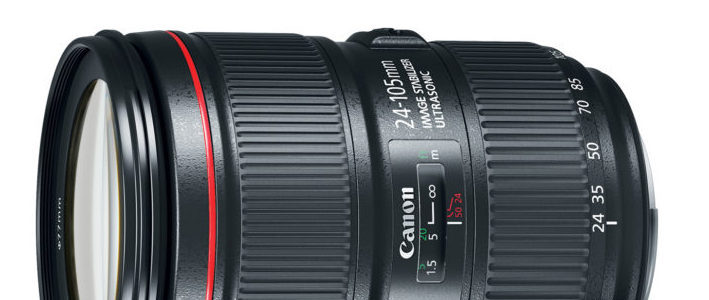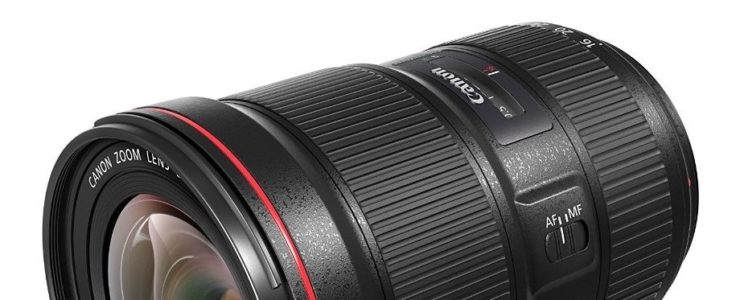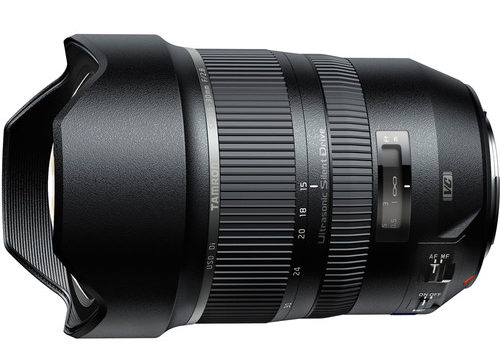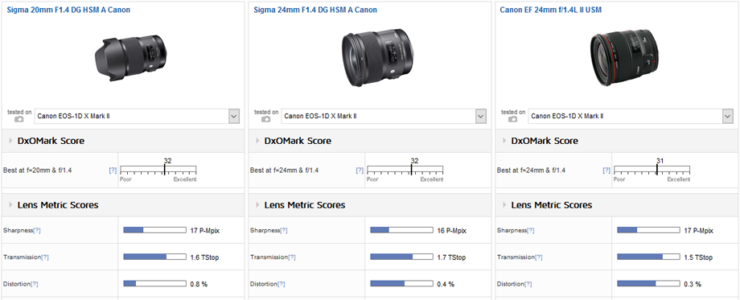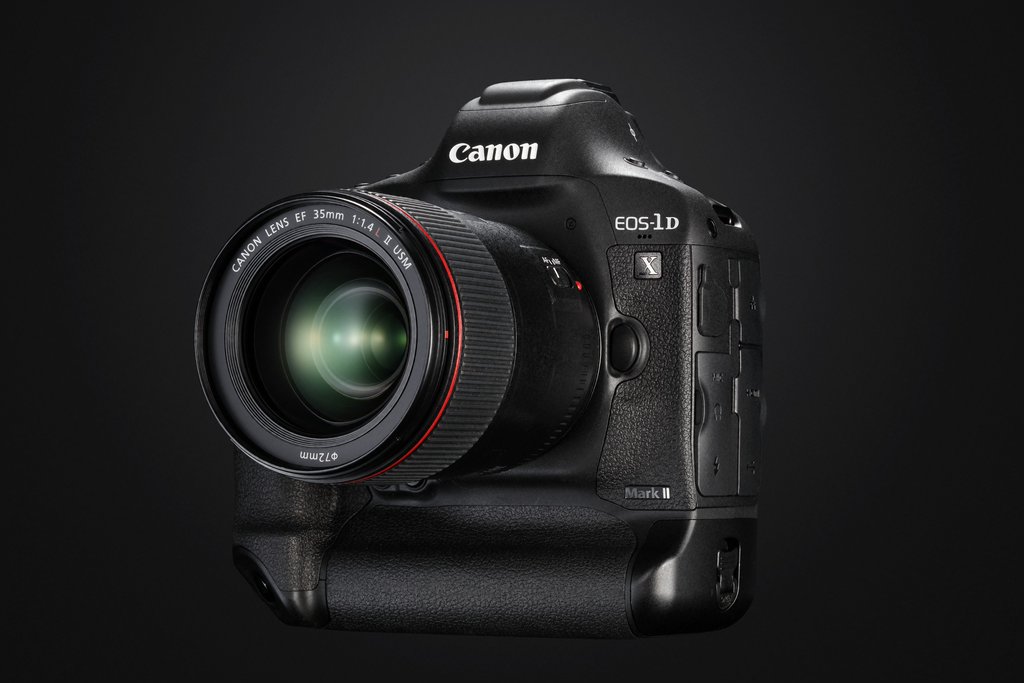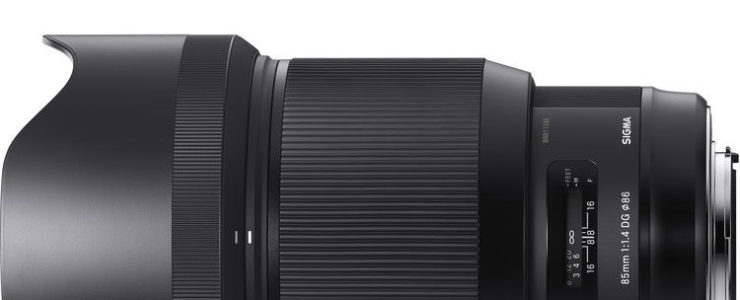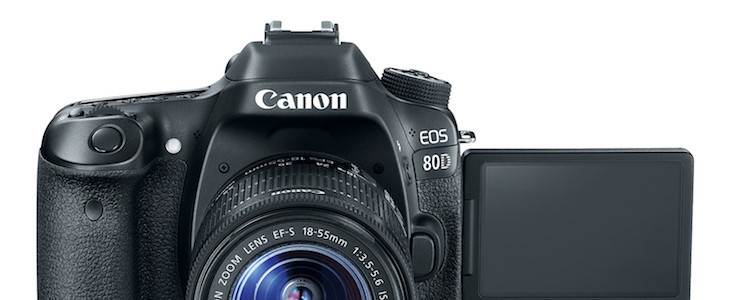LensRentals publishes Canon EF 24-105mm f/4L IS II MTF Results, and they are not so exciting
Canon EF 24-105mm f/4L IS II: B&H Photo, Adorama, Amazon USA, Amazon Canada, Canon Canada, Canon USA
At a glance:
- EF-Mount L-Series Lens/Full-Frame Format
- Aperture Range: f/4 to 22
- Four GMo Aspherical Elements
- Air Sphere Coating
- Ring-Type Ultrasonic Motor AF System
- Optical Image Stabilization
- Internal Focus; Full-Time MF Override
- Zoom Lock Switch; Fluorine Coating
- Dust- and Water-Resistant Construction
- Rounded 10-Blade Diaphragm
LensRentals posted their MTF lab test results for the Canon EF 24-105mm f/4L IS II, and while they stress that they made only a MTF test and not a real world test, the figures for the new EF 24-105mm f/4L IS II are not so much superior to the figures of the lens it replaces, the EF 24-105mm f/4L IS. In the conclusion, Roger Cicala writes:
[…] on the basis of MTF, the 24-105 f/4 IS II is a decent lens, but not a spectacular upgrade. Would I upgrade my old 24-105 f/4 IS? Nope. If I was in the market would I buy one? Well, I’d wait for the price to come down or for it to be available as a kit lens with a new camera. One other thing to consider is that the new 24-105mm is significantly larger than the original version, and for some people, that’s going to be a negative for a walk-around lens. Read the review…
The new EF 24-105mm f/4L IS II sells for $1,099, the previous version is yours for $623.

